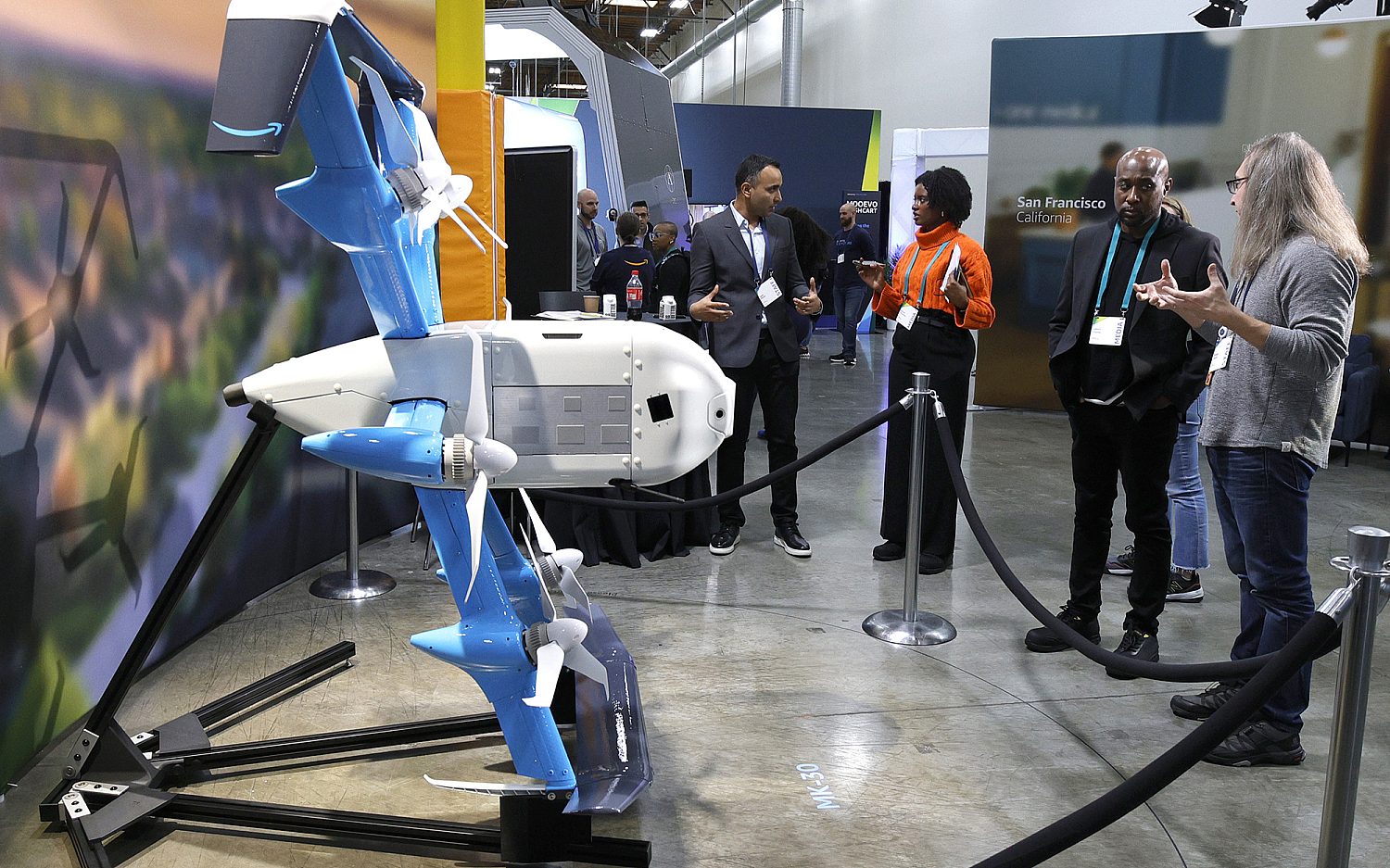New sensors warn of failure in bridges, medical devices
Bridges about to suffer structural failure might soon be able to send a warning of the impending danger before a catastrophic collapse. Knee replacements or heart valves could soon alert doctors if they are in danger of malfunctioning. Researchers at Michigan State University (MSU) have developed self-powered sensors that operate maintenance-free for years and can send warnings when something isn’t right. The technology is the first of its kind.
The miniature sensors do not need batteries or any external power source. They are powered from the vibration and strain of the environment in which they are attached or embedded. For example, smart sensors embedded in pavement would get their power from the pavement itself. They would monitor infrastructure degradation to provide information vital to maintenance and safety. The researchers believe it is possible to make sensors that will last for the life of the structure in which they are used.
The application possibilities are huge, including things such as wind turbines, vehicles, bridges, and spinning parts, like rotor blades. The sensors can even be placed inside the human body, in devices like knee implants or heart valves. The sensors have yet to be tested for side effects or risks, but the researchers do not anticipate any difficulties.
The sensors detect rates of strain and then compute the information and store it as cumulative statistics.
“A network of the sensors can self-diagnose any catastrophic failure,” Shantanu Chakrabartty, lead researcher and associate professor of electrical and computer engineering at MSU told the National Science Foundation (NSF).
A user can remotely access information from the sensors with a smartphone or hand-held device. The sensors can warn of potential mechanical failure, minimizing the risk of physical harm and reducing maintenance costs.
“Currently, we’re looking at using a diagnostic ultrasound to retrieve data from the sensors implanted in the body,” Chakrabartty told me. “This will be highly cost-effective and will be compatible with instrumentation already used by healthcare professionals.”
Patents for the new technology are pending, and a variety of new applications are being explored, including smart sports helmets that can diagnose concussions.
Chakrabartty estimates the sensors’ production cost at about 50 cents each. That could make medical implants more costly, but Chakrabartty believes implant companies will move in that direction if customers push for it.
The next step will be to further miniaturize the sensors and to perform a market analysis to determine future applications. Prototypes are being tested at the Turner Fairbanks Highway Research Facility, near Washington, D.C.
“At a time when we all carry sensors in our pockets, and on our wrists, to monitor many of our daily activities, technology that enables the assessment of the health of critical infrastructure, vital organs, or the occurrence of life-threatening events is long overdue and sorely needed,” said Massimo Ruzzene, NSF engineering program director.
An actual newsletter worth subscribing to instead of just a collection of links. —Adam
Sign up to receive The Sift email newsletter each weekday morning for the latest headlines from WORLD’s breaking news team.





Please wait while we load the latest comments...
Comments
Please register, subscribe, or log in to comment on this article.